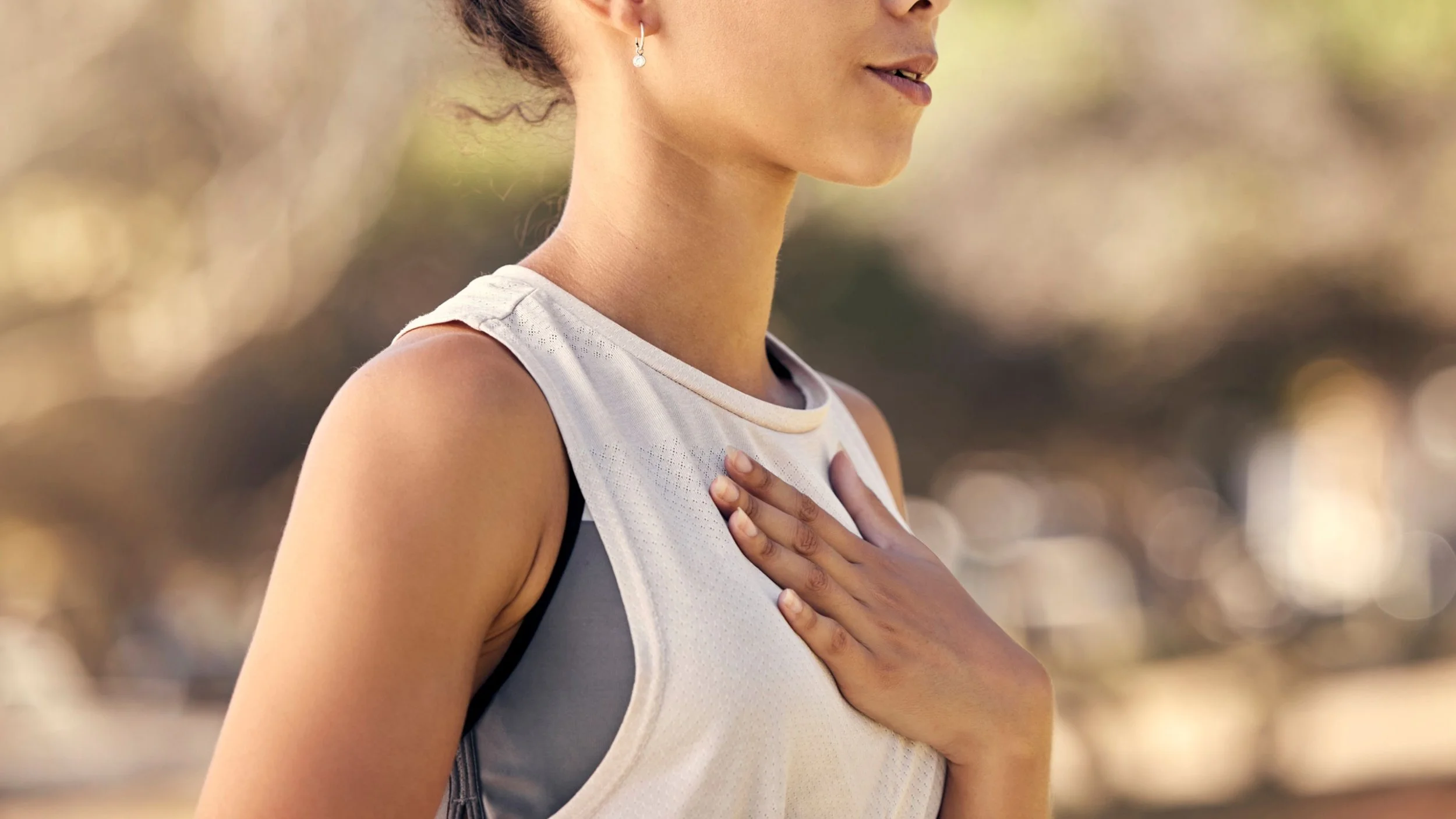Embrace the Present: A Guide to Mindfulness
What is Mindfulness?
Mindfulness means to focus your attention on the here-and-now without judgment. It’s a practice long believed to improve well-being. In simple terms, mindfulness is living in the present moment through observing and accepting what is happening right now.
The key to mindfulness is to be without judgment – it’s important to remain curious and aware, rather than trying to stop, or suppress. When we try to distract ourselves, push away or avoid our problems, they tend to get bigger. Through mindfulness, we can learn to cope better and to stay present in the here-and-now.
Synonyms for mindfulness: Noticing, observing, mindful acceptance, flexible attention, being present, connection, awareness, engaging.
Why Mindfulness?
Research shows that mindfulness practice leads to greater well-being. Mindfulness has been shown to lead to improved self-regulation abilities, more frequent positive emotional states, less intense negative emotions, higher levels of autonomy, and improved quality of life.
As humans, we tend to suffer when we don’t feel in control, receive a desired outcome, or when we have to deal with an unwanted situation. Constantly trying to feel better by pushing away bad thoughts, memories, and feelings is tiresome. By trying to distract ourselves from our problems, there may be a tendency to fall into old habits that don’t serve us in the long term, or magnify our problems.
What can we do instead? Mindfulness. Through mindfulness, we provide ourselves the opportunity to act with awareness so we can respond thoughtfully rather than react automatically.
How to Practice Mindfulness.
There are several ways that you can incorporate mindfulness into your day-to-day life. It’s important to remember that being mindful is about staying present with what is happening in the here-and-now, with acceptance and without judgment.
Body Sensations - Focus on what you’re currently physically feeling.
What can I see, hear, and smell in this moment?
What can I taste right now?
What textures can I feel on my body?
Use the “5, 4, 3, 2, 1” technique
- 5 things you can see
- 4 things you can hear
- 3 things you can touch
- 2 things you can smell
- 1 thing you can taste
Mindful Doing - The following activities can incorporated into a regular day.
Walking:
While walking outside, be consciously aware of what is going on while you move through the environment. What can you smell? What do you hear? What is the temperature on your skin? What is your walking pace? Can you find objects that represent each colour of the rainbow? For example: a yellow flower, a green leaf, a red stone, a blue vehicle, etc.
Eating:
While eating, notice the colours present in your meal, the textures, the temperature of your food (or perhaps the differences in temperature across the various items on your plate). Notice the sounds of your food (does your breakfast cereal snap, crackle and pop?), or any memories or thoughts paired with the experience. Just notice, without judgment.
Breathing:
Belly Breathing - Place one hand on your chest and one on your belly. Breathe deeply through your nose, feeling your belly press into your hand. The hand on your chest should move very little. Exhale slowly through pursed lips. Repeat for a minute or two.
Box Breathing - Inhale for a count of 4, hold for 4, exhale for 4, hold for 4. Repeat for several rounds.
Counting Breaths - Sit comfortably with eyes closed. Breathe in slowly counting "one, two, three" in your head. Pause. Exhale slowly counting "one, two, three, four." Repeat several times.
Square Breathing - Inhale for 4 counts, hold for 4 counts, exhale for 4 counts. Hold for 4 counts. Repeat for a few minutes.
Mindful Minute - Set a timer for 60 seconds. Pay close attention to the sensation of air moving in and out of your nostrils. If thoughts intrude, note them briefly then redirect your attention to your breath. When the timer goes off, take a few more mindful breaths before resuming activity.
The ACE Technique:
Acknowledge your inner experience - Notice the thoughts, feelings, urges, memories, and sensations that are present. Non-judgmentally name them in some way. For example: I notice “anger”, “anxiety”, “worrying”, “daydreaming”, “beating myself up”, “numbness”, etc.
Connect with your body - Come back into and connect with your body. This can be done by stretching, breathing, feeling your feet on the ground, shrugging your shoulders, tensing your muscles, straightening your spine, making a funny face, pressing your tongue on the roof of your mouth, wiggling your toes, etc.
Engage in what you are doing - Refocus your attention on the activity you are doing. Notice your surroundings while still continuing to acknowledge your inner experience (so this doesn't become distraction). Focus your attention on what is happening around you. What are you doing? Where are you right now?
(Source: ACT Made Simple by Russ Harris)
Mindfulness can be practiced in many ways and it’s completely up to you on how you engage with the present moment. Do whatever works for you!

